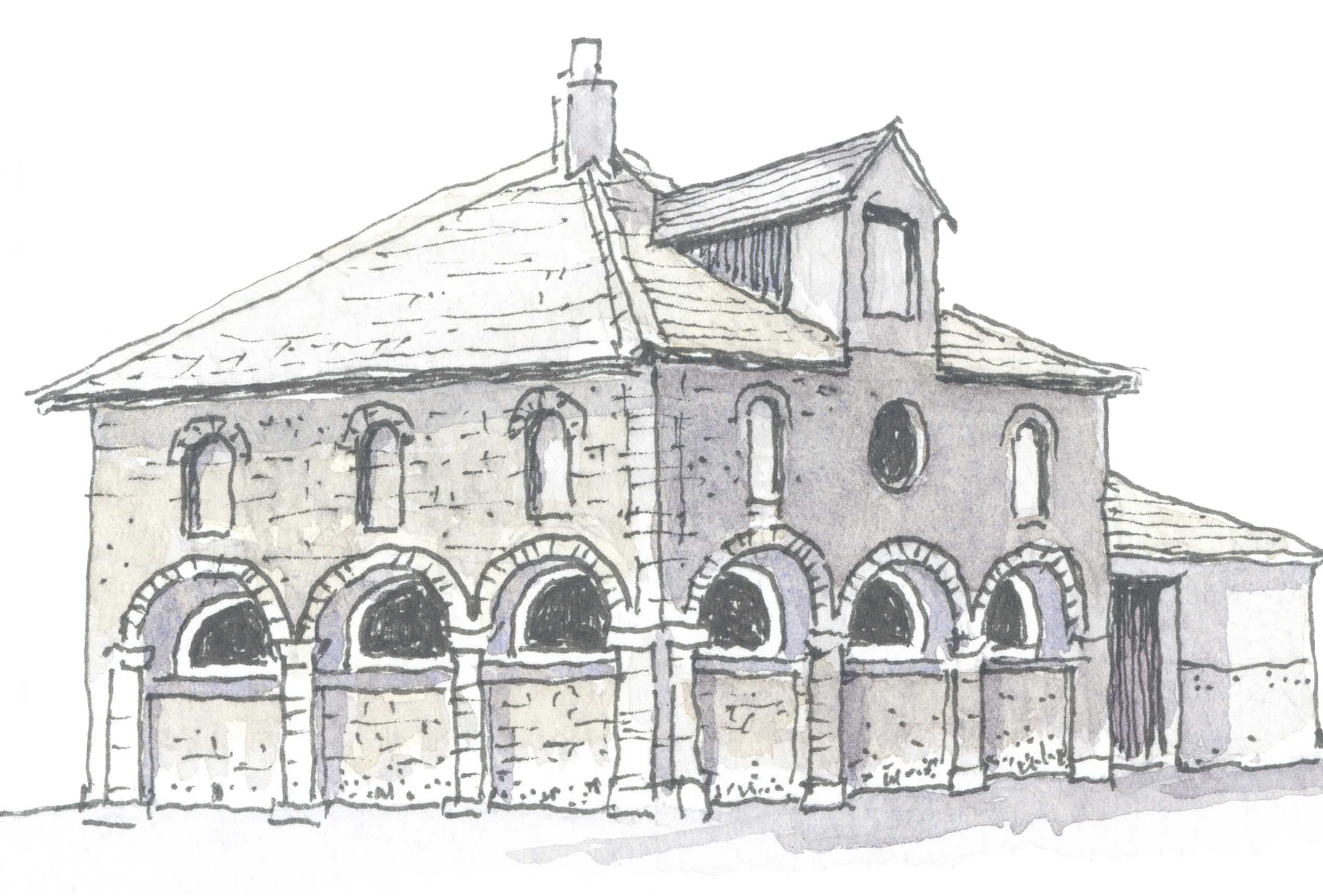Shap History Society members discover Cumbria’s Viking heritage
When Shap Local History Society gathered in Shap Memorial Hall for the first meeting of the year their speaker was Vice Chairman Jean Scott-Smith who took as her subject Our Viking Heritage in Cumbria.
Beginning with the word Viking, Jean explained that it was actually used as a verb meaning to travel on a voyage of discovery, and as a noun meaning a person who participated in these adventures. These people came in the main from Norway and Denmark, and were widely travelled and traded as far east as the Baltic countries and discovered North America where they established settlements in what we now know as Newfoundland, the oral descriptions, of the first voyage was so accurate that later groups could follow the route to the exact location which they had named Vinland; whilst there they established a settlement further south named Hóp meaning tidal pool – that settlement has now grown into the great city of New York!
The commonly held views of Vikings were then addressed; firstly that although there were many vicious raids along the east coast of Britain, many came as settlers looking for new land to work as there is very little decent agricultural land in Norway, and there is no evidence that they had horned helmets.
In Cumbria the Danish Vikings had raided Carlisle in the 9th century under King Hafden leaving it in ruins. The Norwegian Vikings had first settled in Ireland before being expelled and settled in the Isle of Man. One of the Sagas relates how these colonists had become over confident and began to send raiding parties to the Norwegian coast, this goaded the king Harald Fairhair to retaliate, but when his fleet arrived in the Isle of Man they found no-one there – they had fled into Cumbria especially around the coast where many inlets led into fertile valleys.
These settlers who arrived in 925-950 were second generation descendants of Norwegian Vikings. Although they held onto their ancient religious beliefs, most had embraced Christianity and the hedged their bets by creating stone crosses and hog back gravestones that bear images from both cultures. The description of the Norse mythology echoed names and places found in Tolkien’s Lord of the Rings.
Jean then shared her two passions – place names with Norse elements and the Cumbrian dialect which retains many old Norse words. At one point she showed a slide of signs in Iceland that used words familiar to a dialect speaker. Through these interests, Jean had been involved in filming for BBC2 The Blood of the Vikings project back in 2001, when DNA samples had been taken from men in various locations to match with Viking DNA; in England, Penrith had shown the highest results for Norwegian DNA with York having the highest for Danish DNA. In 2014 she had co-authored a book with Edward Conduit who has a Master’s degree in linguistics; the eBook called The Iceland Bus describes how mitochondrial DNA from females showed the first women in Iceland had been Cumbrian wives of Norse men. The reason for settling Iceland was due to the Norwegian king’s demand that all female babies were killed at birth, this led a couple of decades later to a shortage of women for the men to marry, so they men were sent off to colonise Iceland, but finding no women there, went in search of them in Cumbria.
The final slides showed Viking age artefacts found in the county along with other survivals such as haaf net fishing, dry stone walling and wrestling.
Jean was thanked by Liz Amos, and members had an opportunity for questions and to browse the items on display.
